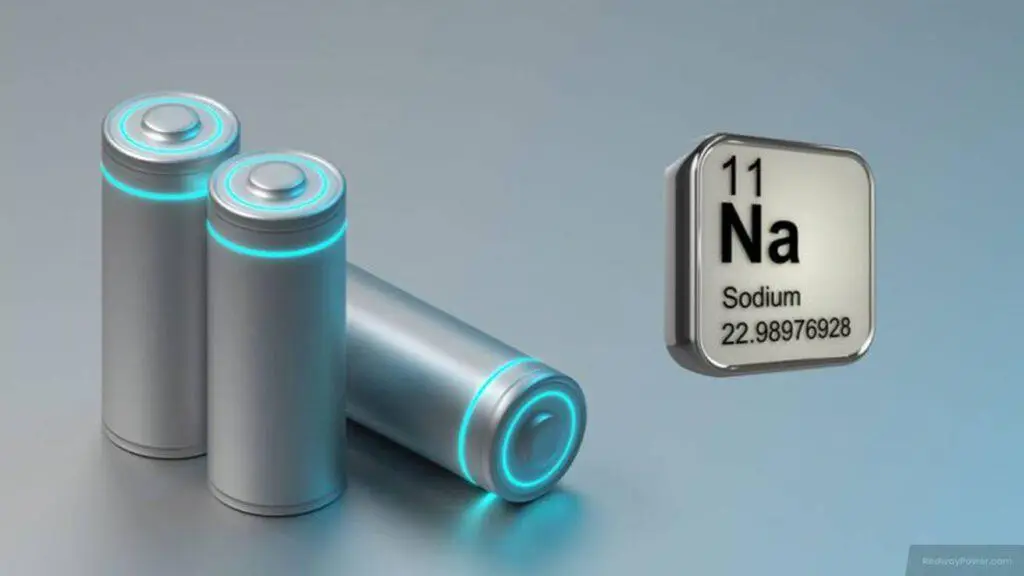The sodium-ion batteries (SIBs) market, valued at $318 million in 2024, is projected to reach $838.5 million by 2029, growing at a compound annual growth rate (CAGR) of 18.6%.
Sodium-ion batteries are gaining attention as a cost-effective alternative to lithium-ion batteries (LIBs) due to the abundance and lower cost of sodium. Being the sixth most abundant element on Earth, sodium significantly reduces supply chain risks and geopolitical concerns associated with lithium. Similar to LIBs, SIBs operate by the movement of sodium ions between the anode and cathode during charging and discharging cycles.
These batteries are particularly suitable for grid storage and large-scale energy storage systems that require affordability and long cycle life. Additionally, they offer enhanced safety features for electric vehicles (EVs), such as better thermal stability and reduced risk of thermal runaway reactions. Ongoing research aims to improve the efficiency, cycle life, and energy density of SIBs, which is expected to expand their application across various industries.
Market Dynamics and Growth Factors
Environmental concerns are a primary driver of the global SIB market. Sodium extraction has a lower environmental impact compared to lithium mining, aligning with global sustainability goals. The increasing demand for energy storage solutions to support renewable energy integration further fuels interest in SIBs, given their cost-effectiveness and longevity.
Automakers are focusing on extending the driving range of EVs while improving energy density, leading battery manufacturers to explore innovative chemistries like sodium-ion technology. Government policies and incentives promoting renewable energy adoption and the development of a circular economy are also contributing to market growth.
Report Scope
The report provides an in-depth analysis of the SIB market, including product types such as sodium-sulfur batteries, sodium-salt (Zebra) batteries, and sodium-oxygen (sodium-air) batteries. It covers components used in SIB manufacturing, including electrodes (anodes and cathodes), electrolyte materials, encapsulation materials, packaging, separators, and other materials like binders and terminal assemblies.
End-use applications examined in the report include grid-level storage, EVs, commercial and industrial power backup, and others such as residential power backup, military and space applications, and portable devices. The report delves into market dynamics, technological advancements, emerging trends, competitive landscape, and patent analysis related to SIBs.
Geographical analysis encompasses North America, Europe, Asia-Pacific, and the rest of the world, including South America, the Middle East, and Africa. The report considers 2023 as the base year, estimates 2024, and forecasts market values through 2029, with all values expressed in millions of U.S. dollars.
Source: Business Wire
















